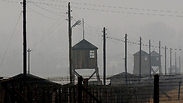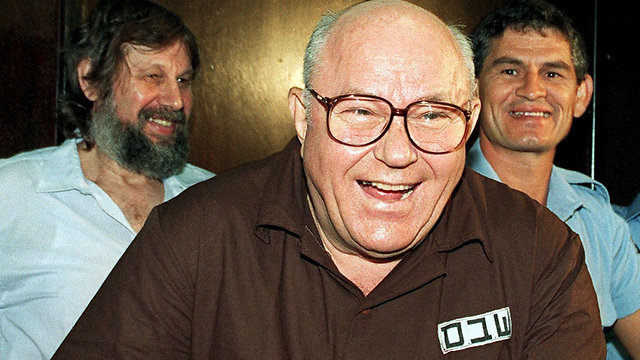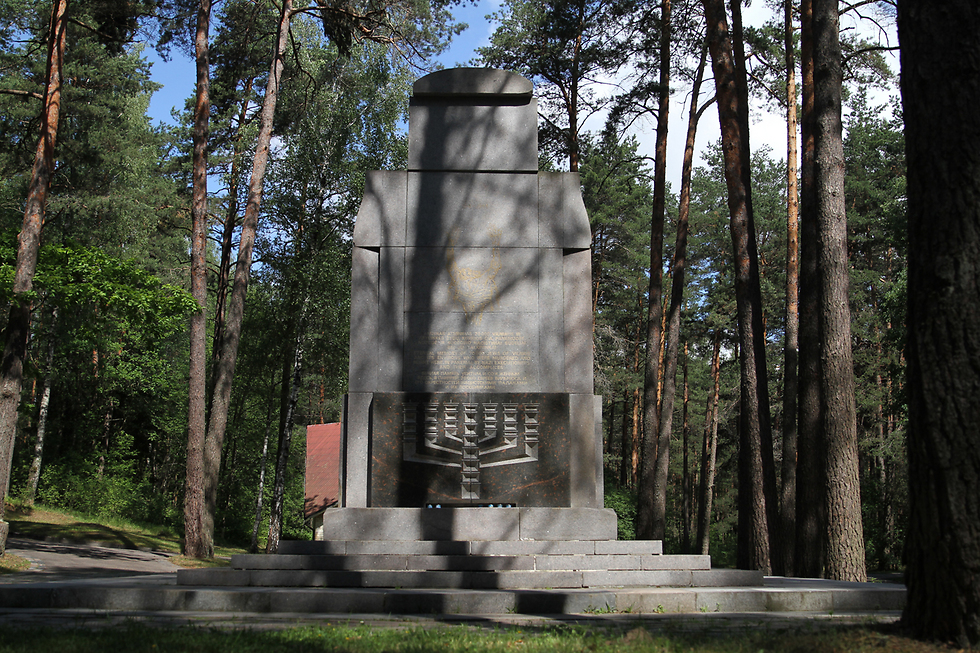

Simon Wiesenthal Center seeks witnesses to Babi Yar massacre
Center for preserving Holocaust memory seeks survivors of 1941 Babi Yar killing fields to testify in trial of 2 people found to have participated in massacre, located thanks to information from Simon Wiesenthal Center; center also seeks survivors of Stutthof concentration camp to testify in trial of 2camp guards.
The center, named after the storied Nazi hunter, located the names of 80 people who participated in the Babi Yar massacre who are likely still alive today. Two of those involved were indeed located alive by the Germans two months ago.
Dr. Efraim Zuroff, who heads the center, had been the one to contact the German government in an effort to track down the two. After coming up empty handed for a period of two years, Zuroff finally contacted television broadcast stations, and together they managed to track down the two Nazis who took part in the Babi Yar killing in which 50,000 people were murdered, starting September 1941.
The center is also continuing to seek out people who survived Poland's Stutthof concentration camp. Two of the guards who served in Stutthof near the end of 1943, when gas chambers were active in the camp, were indicted for their part only two weeks ago. The center is attempting to find witnesses to testify in the trials, and has located some 20 people who were interned there during the aforementioned period.
Survivors from Zhytomyr and Kamianets-Podilskyi in the Ukraine are also being sought by the center. Hungarian Jews who were not citizens were deported to the two camps in the summer of 1941, and were murdered there by Ukrainians, Hungarians and Germans. Locating survivors from the camps is considered to be a last ditch effort to try the Nazi criminals.
"We are in a race against time," said Zuroff. "Every day that passes without these people standing trial brings them closer to evading a trial and justice."
Germany's policy on indicting Nazi war criminals underwent a change ten years ago. In the past, to indict a Nazi criminal the prosecution would have had to prove he had committed a specific crime against a specific victim with the motive being racist hatred, conditions which are nigh impossible to prove today, with so few witnesses left and the difficulty in singling out the criminals who participated in the extermination—as most Jews had no idea who their assailants were.
The policy shift was made possible thanks to a decision that stipulated the entire existence of death camps was predicated on murdering innocent people, and that therefore anyone stationed there may be indicted for being an accessory to murder based on their service alone. The attendant punishment for said offense in Germany was five to ten years.

The change made is much easier for the prosecution, which no longer needed a witness to finger the defendant, which itself paved the way for the prosecution of many criminals who could not have been indicted otherwise.
The conviction of John Demjanjuk, purported to be a Treblinka guard dubbed by prisoners "Ivan the Terrible," based on the policy shift was a precedent. After his trial, widespread searches were underway in an attempt to locate anyone who served in the death camps or murder squads, and two other criminals who served in Auschwitz were also convicted.
















